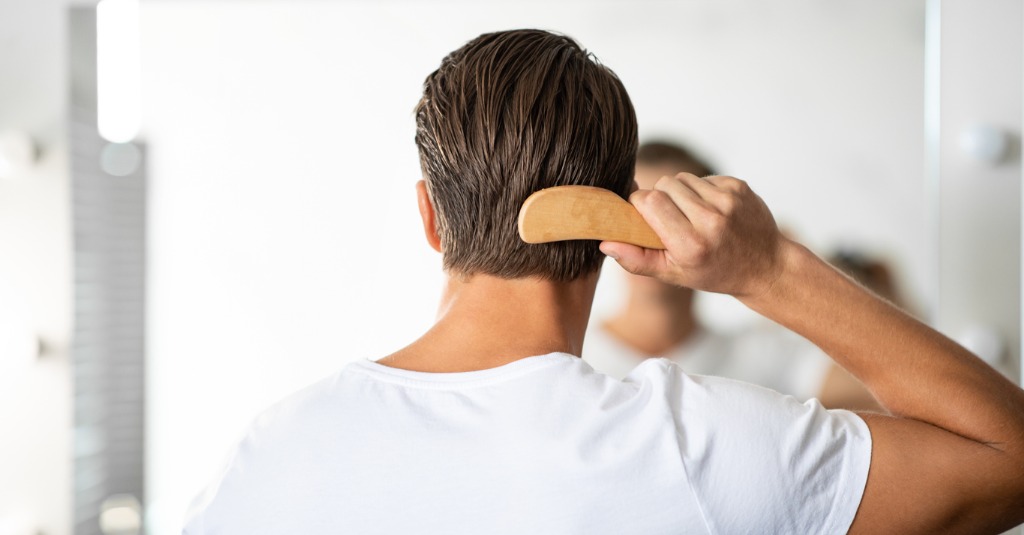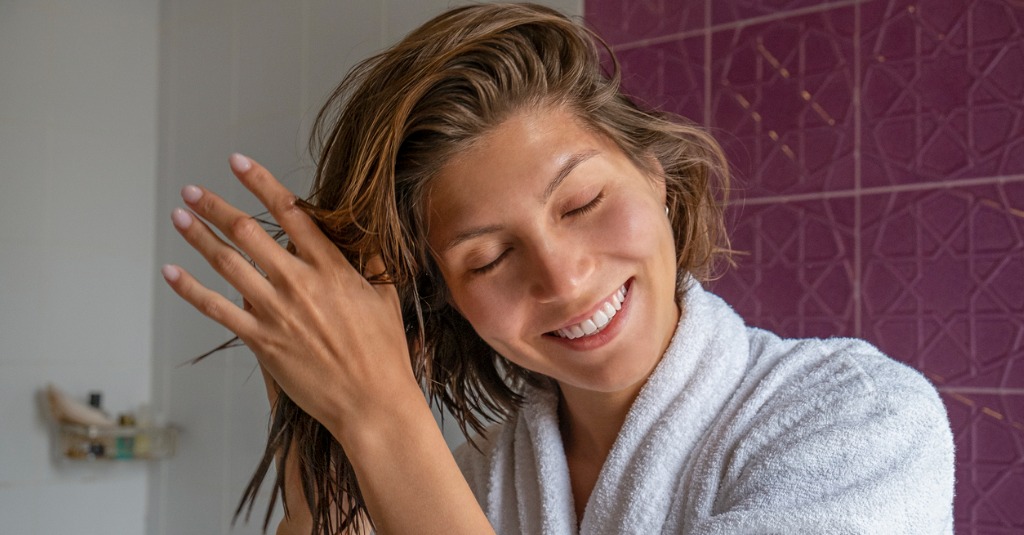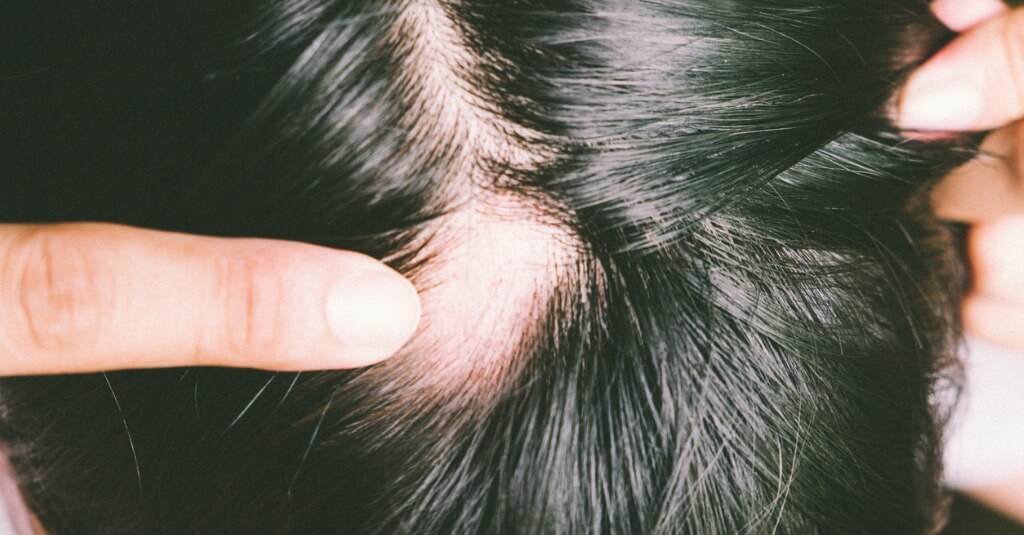Understanding the Hair Cycle

Healthy hair is the foundation for a good hairstyle. So whether you’re going for an updo or a sleek blowout, understanding how your hair behaves during each stage of its growth cycle will help you make better decisions about what products and techniques to use on your hair.
The Four Stages of The Hair Cycle
To understand how the hair cycle works, we must first be familiar with the four stages of the hair cycle.
1. The anagen phase is the active growth stage of your hair. During this time, cells in the root divide rapidly to produce new hair strands that push up through the skin and out onto your head. An average strand of healthy adult hair can grow for three to seven years during its anagen phase.
2. The catagen phase is also known as the transitional stage because it marks a brief pause between active growth (the anagen phase) and shedding (the telogen phase). It typically lasts about one to two weeks but may vary from one person to another.
3. The telogen phase is when your follicles go dormant before they shed. This usually happens about three months after the anagen phase begins. When your hair enters the telogen phase, it remains there for around two to four months. Your hair will stay in the telogen until it’s shed as a new strand of hair and begins its growth in the anagen phase. During the telogen phase, you may lose between 50-100 strands per day.
4. The exogen phase is not technically part of the hair cycle but rather an extension of the telogen phase. The exogen phase signals that you’ve reached the end of all hair shedding during this cycle. It typically lasts only one or two days but can vary from person to person.
Hair Loss Conditions
Those with hair loss conditions, such as androgenetic alopecia, telogen effluvium, and alopecia areata, should be particularly careful about how they treat their hair. Each of these conditions can cause different stages of the hair cycle to become compromised.
Androgenetic Alopecia
Androgenetic alopecia is often caused by genetics and tends to progress more slowly than other types of hair loss. This condition causes the growth stage (anagen) to become shorter. Androgenetic alopecia typically involves a receding hairline on both sides of your forehead, creating an “M” shape above your ears. Typically, this type of hair loss isn’t noticeable until people reach their 30s or 40s, but there’s no time limit for when someone might begin to notice thinning strands.
Telogen Effluvium
Telogen effluvium is a form of hair loss that’s triggered by something in your environment — it can be anything from illness to major stress. This type of thinning happens suddenly and causes an increased number of hairs to enter the telogen phase (resting stage) all at once, making them more likely to fall out when brushed or styled.
Alopecia Areata
Alopecia areata typically starts with one round bald spot on your scalp but may also present as thinning across other areas such as eyebrows, eyelashes, and body hair. Like telogen effluvium, alopecia areata is another example of how things in our environments can affect our bodies’ reactions. It occurs when the immune system attacks the cells responsible for producing hair follicles. Alopecia areata hair loss begins to worsen when your hair follicles enter the resting phase too soon.
Maintaining Healthy Hair During the Cycle
The best way to maintain healthy hair is to become aware of what stage your hair is in so you can treat it accordingly.
If you’re still actively growing new strands, focus on nourishing and strengthening them with products designed for the growth phase (anagen). Nutrition plays a critical role here — a diet high in protein helps keep follicles strong during this growth period. After two or three months, switch to conditioning products aimed at the resting/shedding part of the cycle (telogen).
Once the hair cycle starts to come to an end, it’s time to move into maintenance mode. Replenish nutrients lost throughout the hair cycle by using gentle cleansers and moisturizing treatments like oils that help protect your scalp’s natural barrier.
Since your hair is mainly made up of a protein called keratin, it can be helpful to incorporate healthy proteins such as fish, beans, and lean meats into your diet to promote hair health. In addition, supplements such as Vitamin D, Vitamin C, Iron, Vitamin B12, and zinc can also help promote healthy hair growth.
How Can I Treat Hair Loss?
The LaserCap is a low-level laser therapy device that promotes hair regrowth. The LaserCap is scientifically proven to stimulate hair growth in people suffering from alopecia and other hair loss conditions. To find out if the LaserCap is right for you, contact us here or call (855) 825-9691 today.



